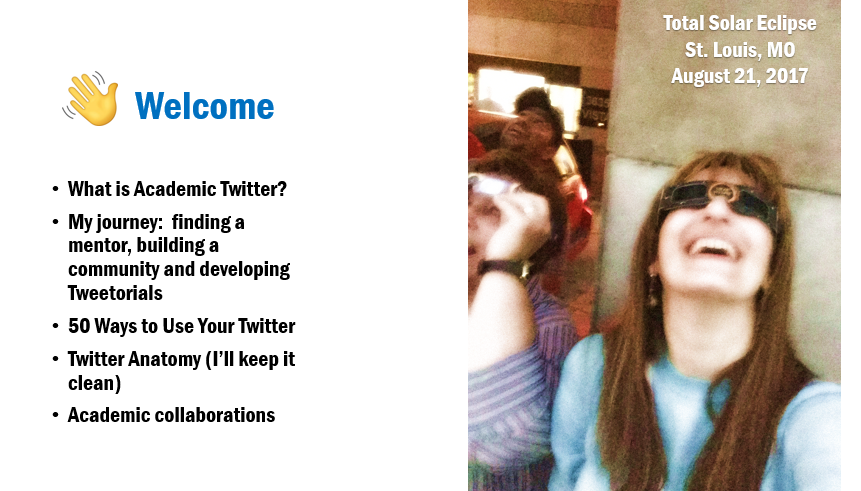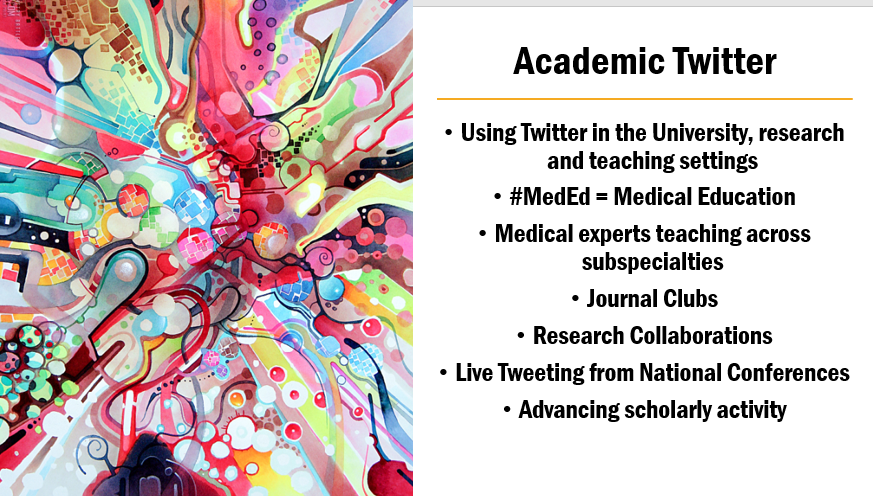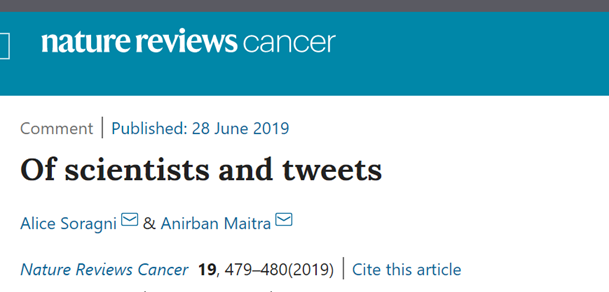
A 1 day y/o 👶🏽neonate, born at 40 weeks, was transferred to our NICU for anemia & hyperbilirubinemia. He is jaundice but has no signs of encephalopathy.🩸The antibody screen is positive.
👇🏽Check out his peripheral smear below and notice the increased number of nucleated RBCs.
👇🏽Check out his peripheral smear below and notice the increased number of nucleated RBCs.
🤔Based on the peripheral smear findings, you begin to investigate the patient’s blood bank history because you are suspecting:
🙌🏽You got it! Based on the history and the peripheral smear findings, you are suspecting hemolytic disease of the fetus and newborn (#HDFN), which is when maternal antibodies are directed against fetal RBC antigens. What is the most common cause of #HDFN?
#Blooducation
#Blooducation
💡With the widespread use of RhIg, ABO incompatibility is the most common cause of #HDFN caused by naturally occurring A, B IgG Abs in group O mothers.
𝐁𝐔𝐓 In our case:
🤱🏽Mother is Group A, Rh-D neg
👶🏽Baby is Group A, Rh-D pos
👇🏽Check out the baby’s Ab identification panel
𝐁𝐔𝐓 In our case:
🤱🏽Mother is Group A, Rh-D neg
👶🏽Baby is Group A, Rh-D pos
👇🏽Check out the baby’s Ab identification panel

An anti-D is identified in the patient's antibody panel. The DAT is positive for IgG (2+), C3 is negative. The eluate identified an anti-D antibody. What would be the next step in working up this baby?
🕵️🏽Maternal history clenches the DX.
No RhIg administered. Critical anti-D titer in pregnancy, but doppler negative for fetal anemia. After delivery, continual destruction occurs leading to progression of anemia & hyperbili. Immature liver cannot🚫🪓convert conjugated bilirubi.
No RhIg administered. Critical anti-D titer in pregnancy, but doppler negative for fetal anemia. After delivery, continual destruction occurs leading to progression of anemia & hyperbili. Immature liver cannot🚫🪓convert conjugated bilirubi.

To learn more about this #HDFN, listen to awesome 🎧🅾️🩸@bloodbankguy with Dr. Greg Denomme 👉🏽bbguy.org/2017/09/05/038/
🙏🏽Please share your #HDFN pearls with us below!
#Blooducation
🙏🏽Please share your #HDFN pearls with us below!
#Blooducation
• • •
Missing some Tweet in this thread? You can try to
force a refresh















